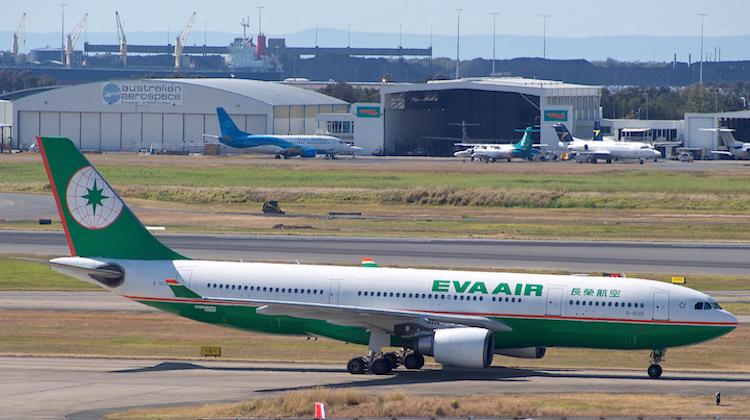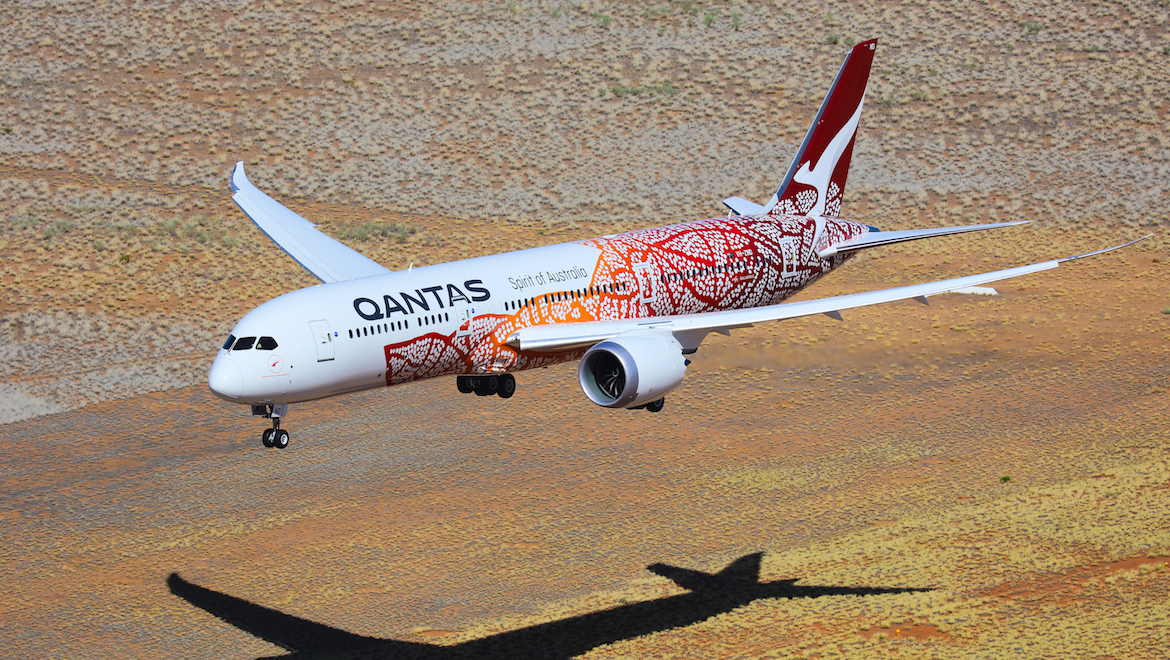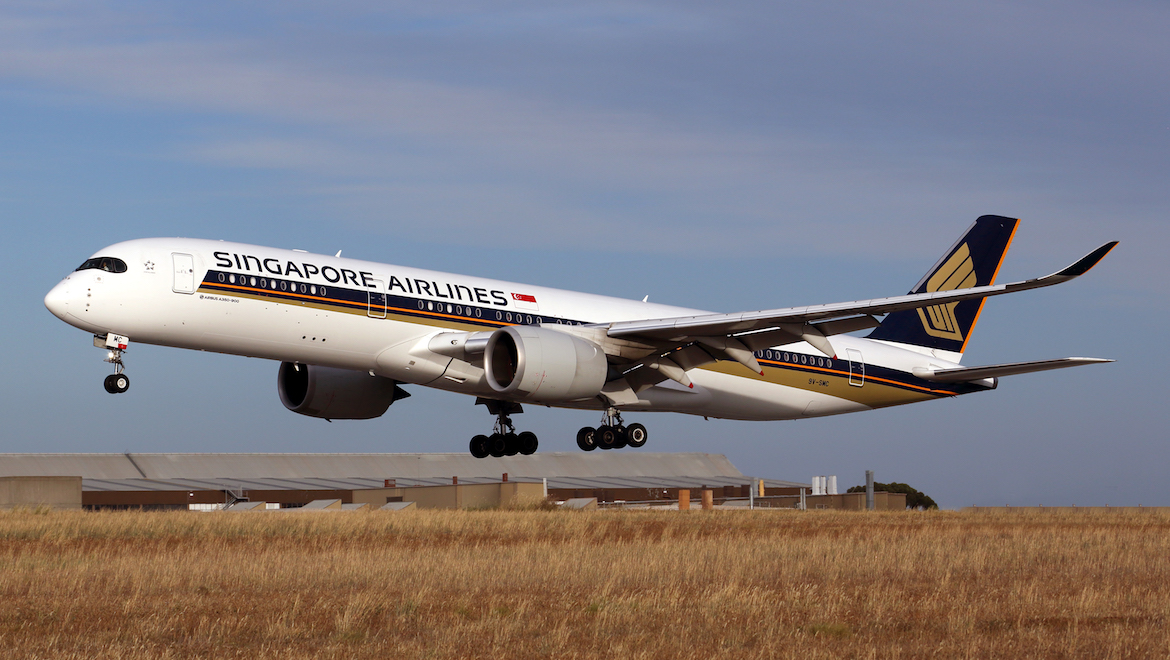The premium economy cabin could be shaken up with some true innovation after a number of years where nothing much has changed, John Walton writes in his latest Cabin Pressure column.
Nobody really agrees which airline created premium economy. It’s either Virgin Atlantic or EVA Air, or possibly both, but after detailed quizzing of both airlines a couple of years ago neither could find proof of exactly which order the announcement, installation and first flight came.
Nonetheless, premium economy in 1992 featured a 19-20-inch-wide seat, 38 inches of pitch, and a couple fewer neighbours in every row of the Boeing 747 fuselage on which it was installed.
Some 30 years later, premium economy is still 19-20 inches wide in most applications. It almost always has 38 inches of pitch. And there are usually one to two fewer passengers in each row, depending on aircraft. But there’s a bit of change coming.

Airbus’ A350, after some early customers like Lufthansa chose a 2-3-2 layout, has largely settled on a 2-4-2 configuration in premium economy, and that’s something of an issue for passengers.
The problem with this is what’s known as the “comfort canyon”: is there enough clear blue water in passenger experience terms between the remarkably comfortable 3-3-3 rows of A350 economy class seats and the relatively narrow 2-4-2 seats in premium economy for passengers to want to hand over some of their hard-earned cash to travel slightly better?
It’s a much less difficult question on the Boeing 787, of course. Apart from Japan Airlines’ longhaul fleet, every single Dreamliner has the ultra-narrow 3-3-3 layout that measures 17 inches wide. (For reference, the famous US tailor Brooks Brothers uses a 17-inch-wide shoulder for its extra small size of shirt. Look around the next time you’re in the airport or on a plane and see how many passengers would fit into an XS.)
Economy on a Dreamliner is a pretty miserable experience, space-wise. Premium economy, however, is remarkably spacious at 2-3-2. Since there’s no industry-wide agreed definition of seat width — is it the cushion you sit on? The space between the shaped armrests? The maximum width of the sculpted lower space of the armrests? The space between the centre of one armrest and the other? Something else entirely — it’s hard to compare like with like, but the 787 is only about five inches narrower in the cabin than the A350. It’s pretty simple maths to figure out that fitting eight seats into that Airbus fuselage is going to be a bit more of a squeeze than it is on the Dreamliner’s frame.


In other words, and not to oversimplify, the A350 has a very good economy class seat size and, for the most part, a pretty middling to poor premium economy seat. By contrast, the Dreamliner has a terrible economy class seat size and a very good premium economy seat size.
And so we come to the elephant in the middle of the aircraft cabin: Emirates. The Dubai supercarrier has long been inconsistent in its passenger experience, offering very narrow economy seats and awful sloping sleeper business class seats on its 777s (with a few later aircraft now graduating to fully flat beds of the calibre introduced by other airlines in the year 2000), yet very wide economy seats and decent staggered fully flat business class beds with direct aisle access on its A380.
The airline — like its Emirati stablemate Etihad, plus geopolitical and aviation rival Qatar Airways — has also refrained from premium economy seating, although it has for some years now said that it has a middle cabin in the works.
It will, by now, have made that decision, and it will be fascinating to see what it chooses. Scuttlebutt in the interiors industry is that it might be the HAECO Eclipse, a set of slightly staggered recliners that gain width and privacy by taking passengers’ shoulders away from direct contact from their neighbours’.
It’s a great product, a smart design, and Emirates — indeed, any other airline — would be well served by it.
There are several growing sectors in its market that are bang in the middle of the premium economy trend: the expanding middle classes in key developing economies, the premium leisure market in the retirement age of the western baby boomer generation, and the growing numbers of gig economy and contract workers travelling on business whose means (or client travel policies) don’t quite stretch to full business class.
It will be fascinating to see whether the customer HAECO says it has is indeed Emirates, or whether another airline has plumped for the product instead. If it’s someone else . . . well, that will depend on the size of the carrier. If it’s Emirates, though, then expect a wave of premium economy innovations as other airlines scramble not to be left behind.










